What is considered enough when it comes to coronavirus testing?
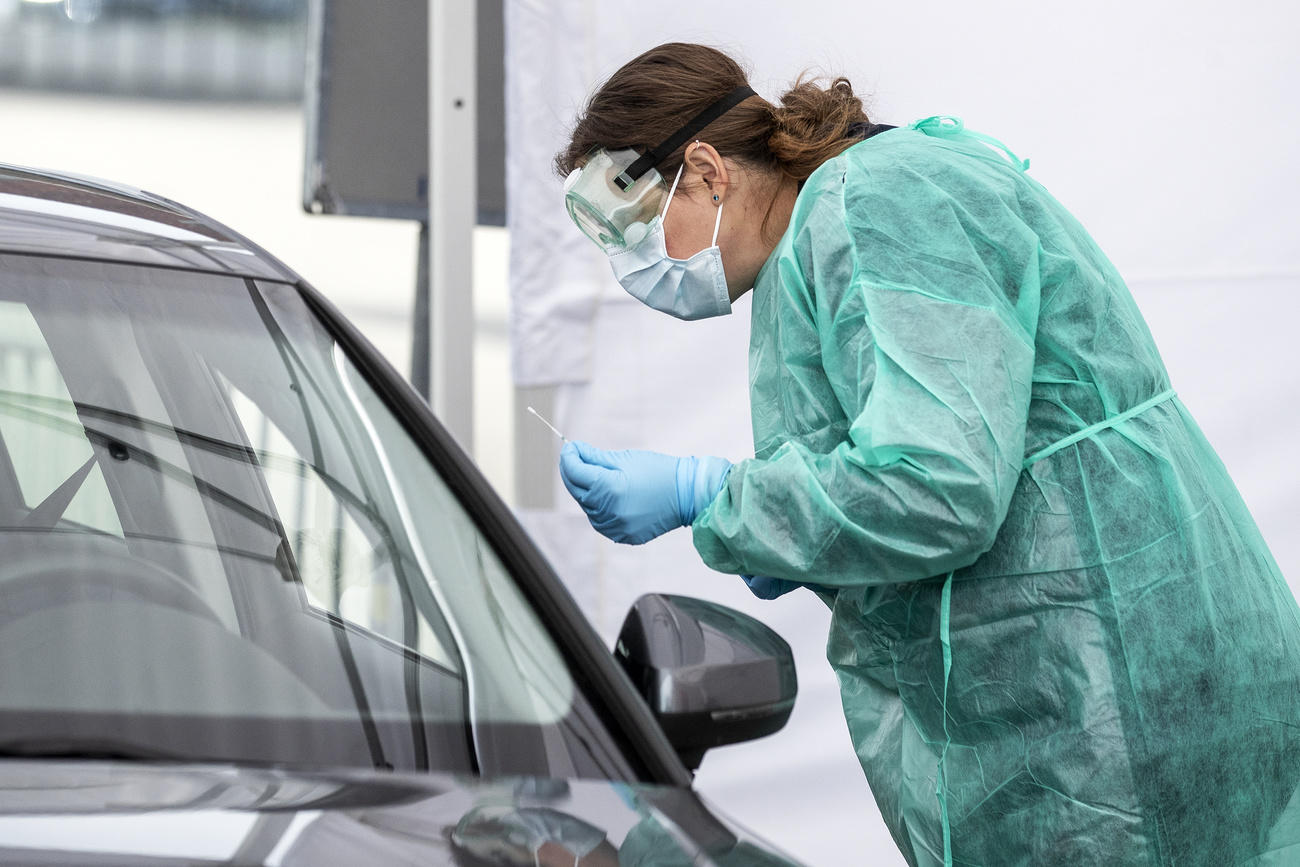
Switzerland has one of the highest per capita rates of testing in the world, yet it does not have a comprehensive overview of the total infection rate. In this second collection of answers to readers’ questions, we explore whether there is such a thing as an optimal testing rate.
Testing has become one of the most hotly debated topics of the pandemic. Although the World Health Organisation (WHO) has called for comprehensive testingExternal link, not all countries have deployed tests on a large scale.
Switzerland has gradually ramped up its rate of testing since the first cases of coronavirus were announced. But it continues to prioritise the most vulnerable and those in need of hospitalization. This approach has prompted many questions from swissinfo.ch readers about who can and cannot get tested.
Some experts in the country have also questioned the targeted strategy of public health officials. A number of leading epidemiologists, led by Marcel Salathé from the Federal Institute of Technology Lausanne, are urging the Swiss government to do more testing.
“It is incredibly difficult to manage a crisis without knowing the extent of the problem,” Salathé and his colleagues wrote in a recent articleExternal link.
How much testing is actually happening in Switzerland?
Switzerland’s testing approach has evolved over the last two months, as the pandemic has spread and domestic cases have begun emerging.
In early March, the federal government said that some 2,500 tests were being carried out per day. By March 22, around 7,000 tests per day were being conducted throughout the country. Switzerland’s head of infectious diseases, Daniel Koch, announced in a press conference on Wednesday that 16,000 tests were conducted the day before.
By April 1, Switzerland had done a total of 130,700 testsExternal link, or over 15,000 tests per million inhabitants. This makes the country, according to the Financial TimesExternal link, among those that test the most per capita.
Some cantons have taken the initiative to offer more tests by creating mobile testing and drive-through testing centres. Cantonal authorities in BernExternal link, in partnership with the Swiss Red Cross, set up a drive-through testing centre on April 2 following delays in acquiring equipment. The pilot testing centre can do about 200-300 tests a day.
In canton Lucerne, a drive-through testing facility that welcomes patients from at-risk groups referred by their doctors has performed around 20 tests a dayExternal link, even though the capacity is to complete 50 tests a day, according to public broadcaster RTS.
Can anyone get tested?
In short, the authorities are discouraging people with mild symptoms from getting tested. The public health officeExternal link continues to tell anyone with Covid-19 symptoms, such as fever, cough or shortness of breath, to stay at home. Those who are at high risk of becoming seriously ill or seeing their symptoms worsen should call their doctor, who will then decide whether a medical examination is necessary.
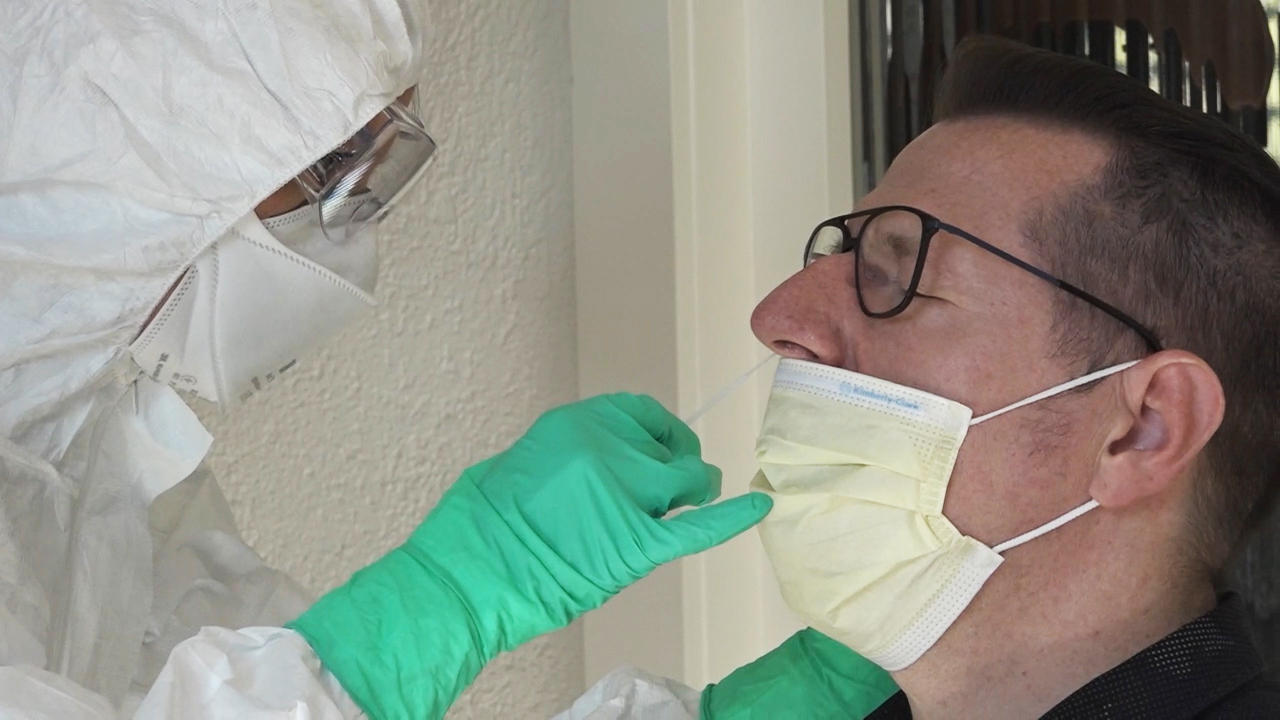
More
How the mobile coronavirus test works
Anyone who has come into contact with an infected person should also quarantine themselves. As swissinfo.ch has previously reported, people with mild symptoms have been refused tests because they are not considered high risk.
There are some indications that the government may start testing a larger swath of the population. During a press conference on April 1, Koch stated that the public health office is looking at expanding the criteria for testing and will evaluate whether doing so makes sense.
The new testing facility in Bern announced on April 2 is the first centre to offer testing without a doctor referral. People are asked to fill out an online questionnaireExternal link to determine if they should get tested based on their risk profile.
In a move deemed sensible by federal health authorities, Canton Zurich announced on April 2 that it will start testing any newly admitted patients to hospitals even if they don’t display any Covid-19 symptoms in order to protect healthcare workers.
Why not just test everyone?
There are several reasons why public health authorities have chosen not to do comprehensive testing in Switzerland. The first is to reserve healthcare resources for the people who really need them. This includes those 65 and over as well as those with underlying medical conditions.
Another reason is that there have been shortages of personnel, protection equipment, and testing materialExternal link, such as reagents and swabs.
Severin Schwan, CEO of Basel-based Roche, which has developed one of the first commercial coronavirus tests, said at the end of March that demand far outstrips supply and that testing should be targeted at high-risk patients, because “broad-based testing at this stage is not feasible.” Roche and many other diagnostic test makers have ramped up production to meet demand.
The situation appears to have improved. During Wednesday’s press conference, Koch announced that there “is no longer a test bottleneck.” A day later, he indicated however that there remain problems in the supply of materials at an international level.
The government argued early last month that the virus had reached the point that it wasn’t possible to catch every case. This has attracted criticism from experts, including Salathé and his colleagues, who say that slowing the spread requires “a liberal strategy of testing, contact tracing and subsequent self-isolation” of those who test positive.
Is there such a thing as enough testing?
Without widespread testing, it is difficult to get an accurate picture of how pervasive the virus is in the population and how well measures to limit its spread are working.

More
Chasing the numbers behind the virus in Switzerland
Michael Ryan, executive director of the WHO Health Emergencies Program, said earlier this weekExternal link that “we would certainly like to see countries testing at the level of ten negative tests to one positive, as a general benchmark of a system that’s doing enough testing to pick up all cases”.
He added that if most of the cases are positive then countries aren’t testing enough. In countries that have extensive testingExternal link, fewer than 12% of their tests are positive. On April 1, 15% of Switzerland’s test results were positive.
Salathé and his colleagues argue that “to bend the epidemic curve downwards, we must prevent 50−70% of possible transmissions.”
The epidemiologists add that “while strict social distancing measures are necessary, nobody can imagine such measures being enforceable for extended periods of time.” By testing, health authorities can identify infected members of the population, which then allows contact tracing and self-isolation to take place.
Are there alternatives to large-scale testing?
But testing the whole population and more frequently may not be realistic, given resource constraints. Guido Cozzi, a professor of macroeconomics at the University of St Gallen, suggests using instead a representative sample to help develop a more accurate trajectory of the pandemic.
“At the moment official data on Covid-19 is plagued with selection bias,” Cozzi told swissinfo.ch. “The average recovery rate is not estimated accurately if we only test the people with serious symptoms.”
For example, is the mortality rate in South Korea lower when compared to the United Kingdom because more testing is being done in the former, which reveals more cases?
He argues that developing an accurate trajectory of the infection rate requires repeatedly testing representative samples of the total population, including the non-infected. He suggests that a carefully constructed sample of 3,000 people who have been tested would provide reliable information on the situation in Switzerland. The idea is also being promoted by some European economistsExternal link.
While representative samples may not give the full picture of a country’s infection rate, Cozzi says that they are cheaper than testing the entire population and can be repeated easily.
Another way to get a clearer sense of the outbreak without having to test large numbers of people is by collecting data from the infected and the non-infected.
One such project is the Covid-19 trackerExternal link, set up by a group of researchers and software developers, together with the health department of canton Bern. Thanks to an online questionnaire, which more than 160,000 people have filled out so far, the tracker is gathering information to help identify regions with a high number of potential cases, so authorities can respond with targeted measures.
Swiss scientists are also participating in a pan-European digital platform that uses data from smartphone apps to pinpoint people who are at risk of infection and connect them with local health services.
Is there a test to determine if someone already had the virus?
A number of Swiss university hospitals – in Zurich, Lausanne, Geneva and St Gallen – are preparing to carry out serological tests to detect the presence of Covid-19 antibodies in the blood.
This would help to provide an estimate of the proportion of the population that has developed even partial immunity to the virus.
“Our objective is to have an assessment of the proportion of people potentially resistant to a new infection to inform the health and political authorities about the next steps,” Dr. Silvia Stringhini, head of population epidemiology at the Geneva University Hospital, told RTS.
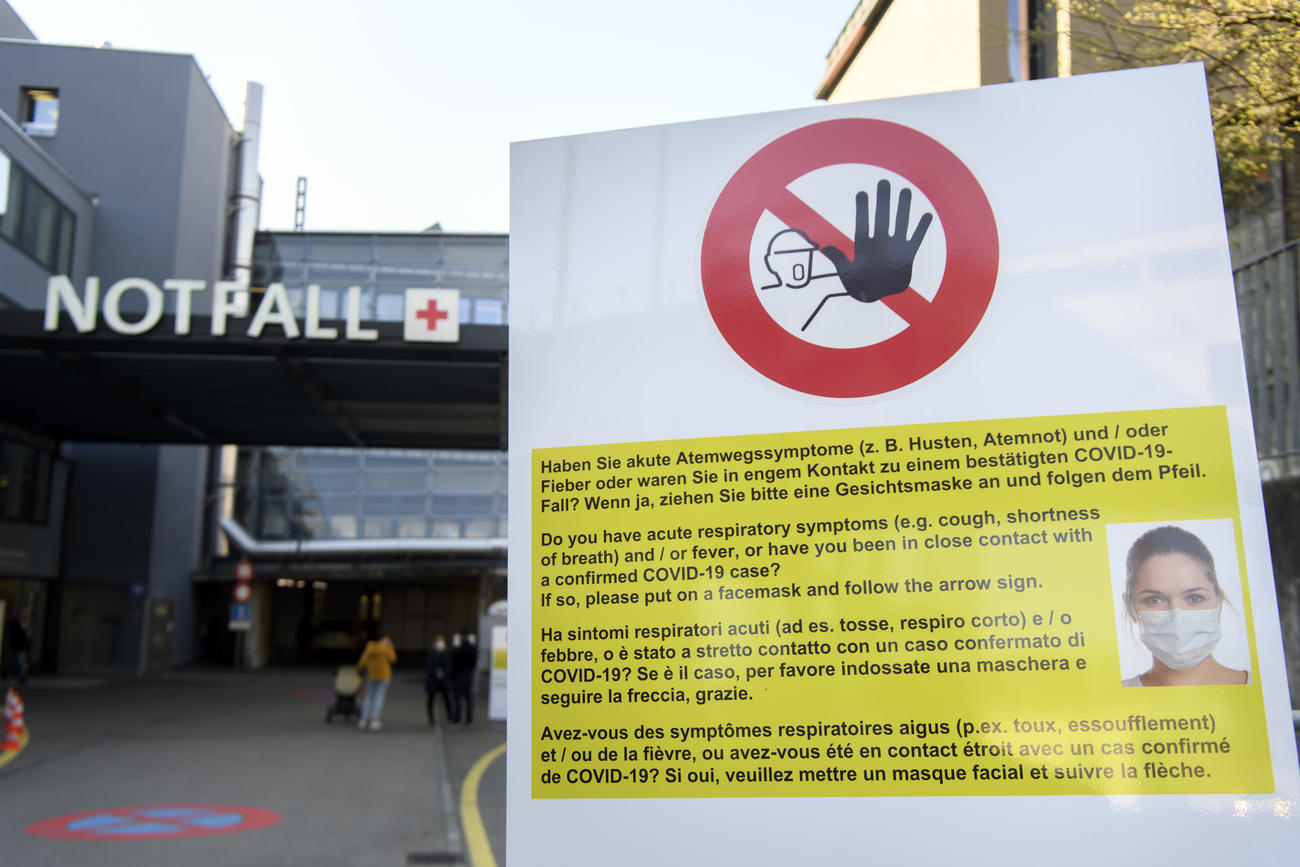
More
Rapid spread of coronavirus complicates systematic testing

In compliance with the JTI standards
More: SWI swissinfo.ch certified by the Journalism Trust Initiative

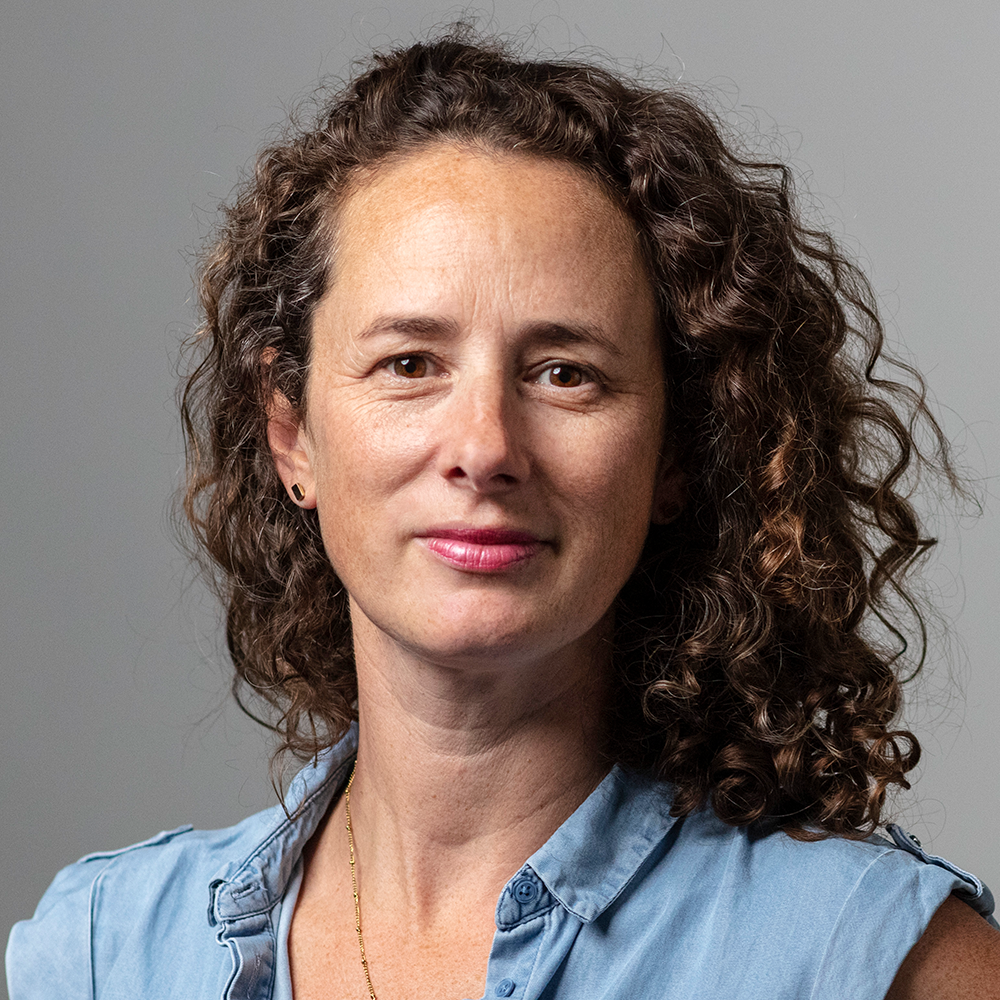








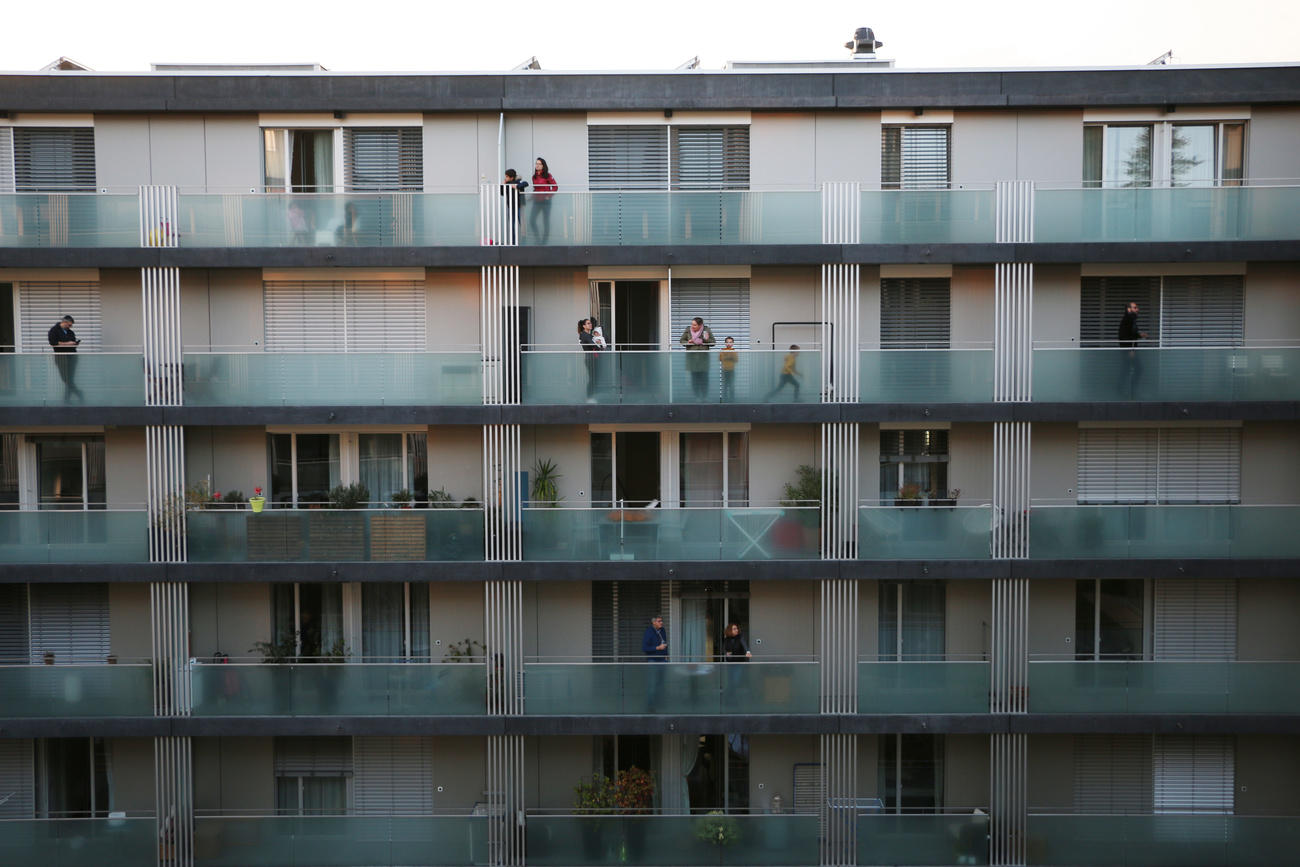
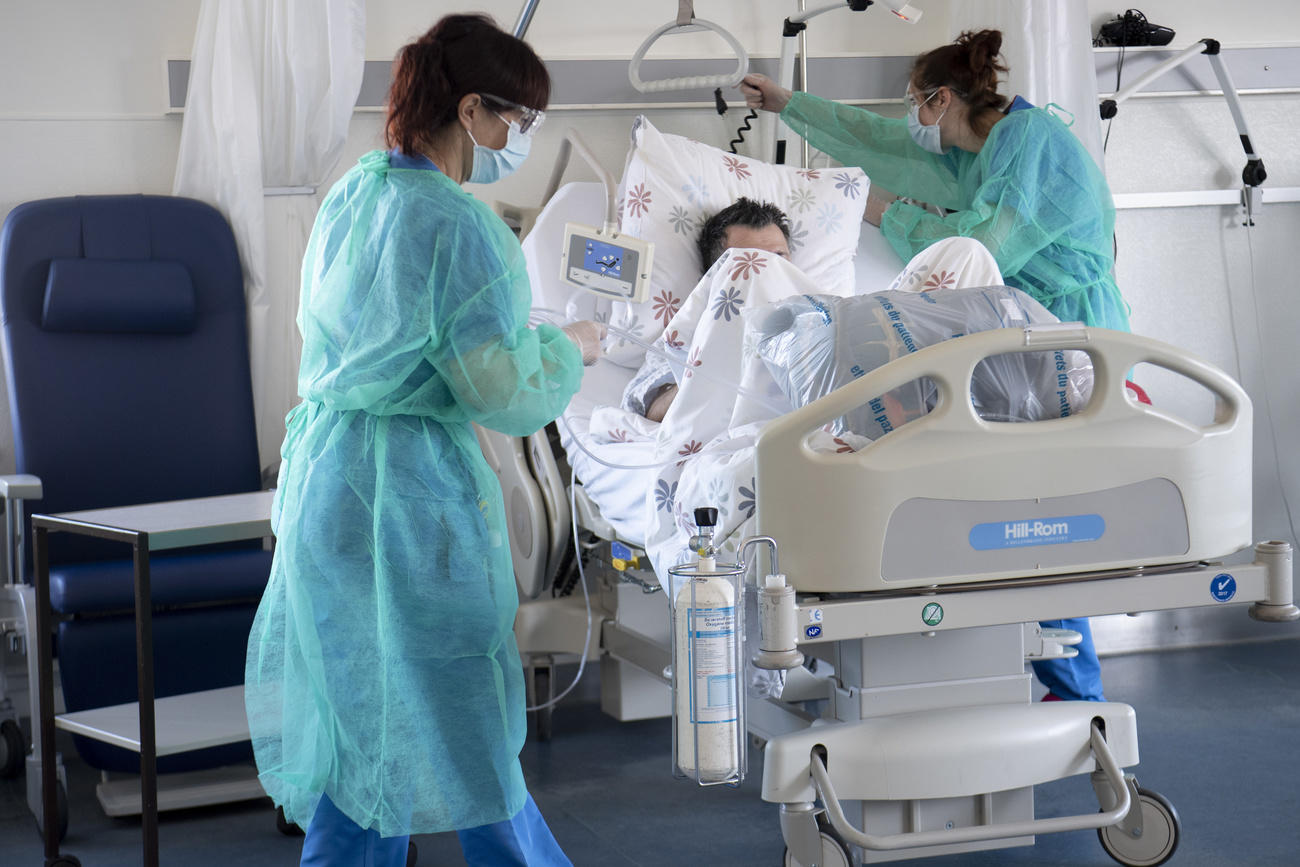
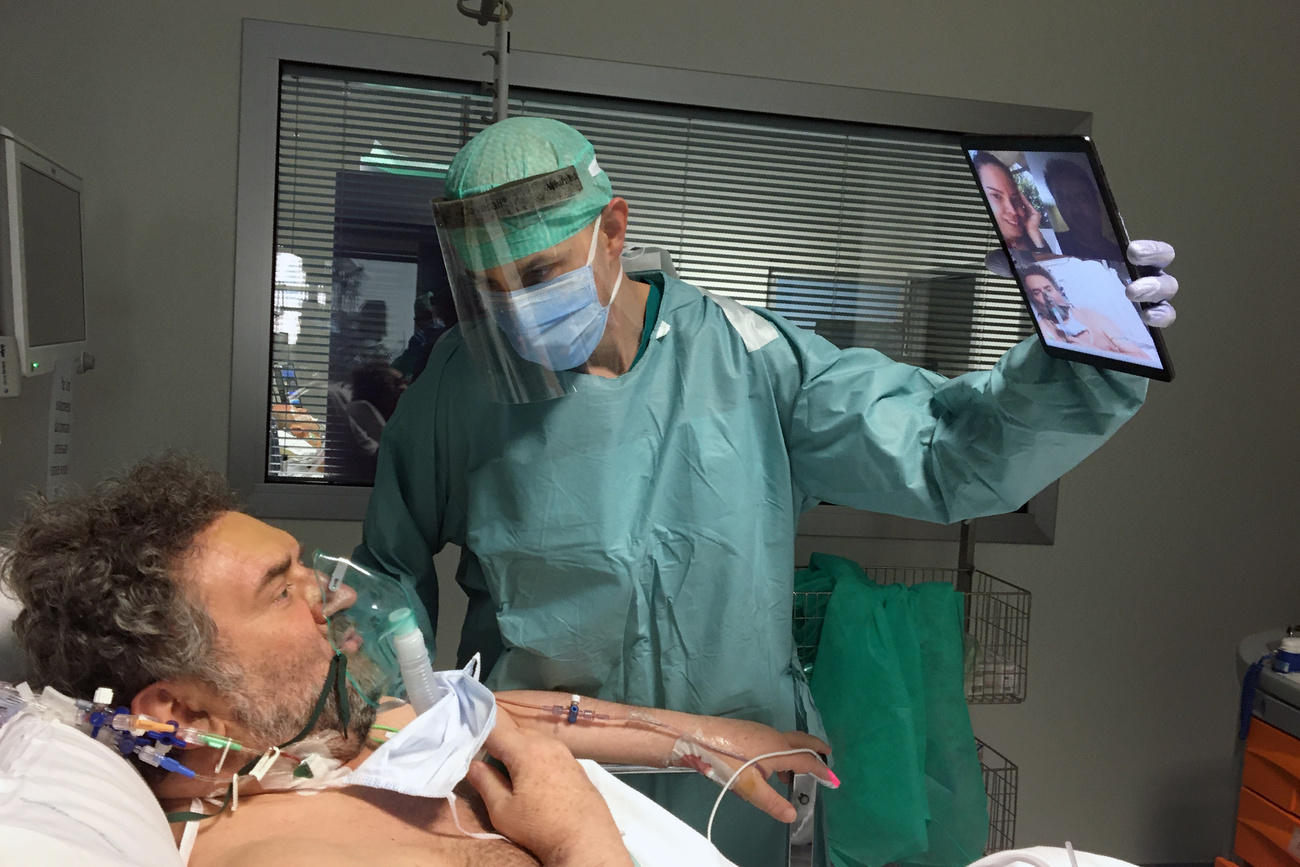
You can find an overview of ongoing debates with our journalists here . Please join us!
If you want to start a conversation about a topic raised in this article or want to report factual errors, email us at english@swissinfo.ch.